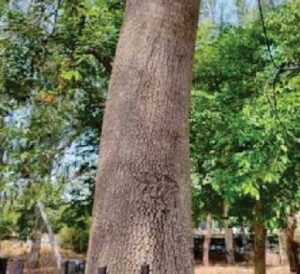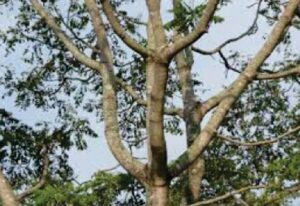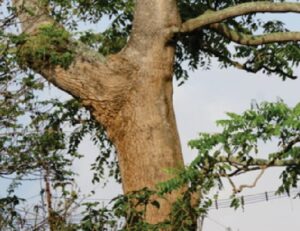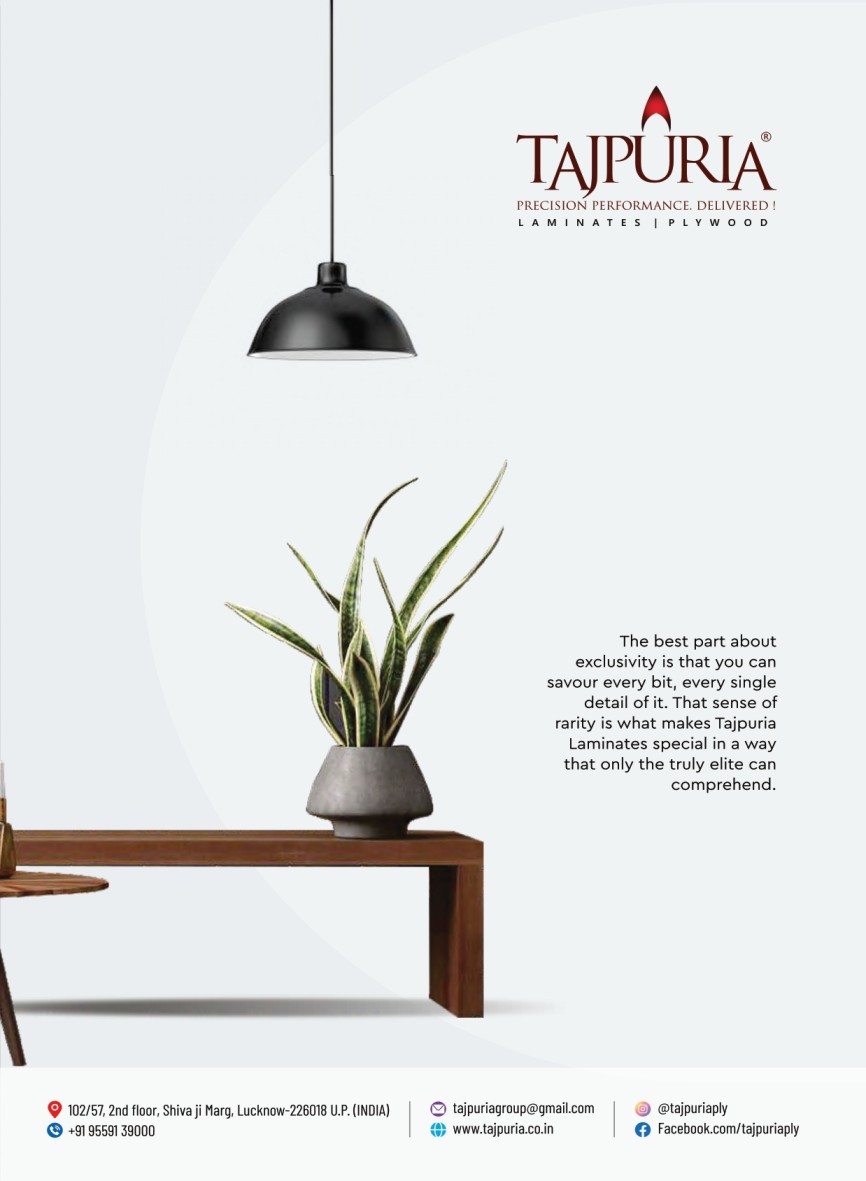
Ardu (Ailanthus excels) : A Promising Tree for Agroforestry in Arid Regions
- March 9, 2024
- 0
Factually, Ardu is used in abundance in plywood and other wood based industries of Rajasthan and Gujarat. Despite the species having great potential in fulfilling the shortage of raw material in wood industry, it has not yet come in the priority of researchers and industrialists. If this species gets extensive encouragement, it can bring a revolution in the industry and agro-forestry sector.
 Introduction: Ailanthus excelsa, a member of the Simaroubaceae family, is commonly known as the ‘Tree of Heaven’. Locally referred to as aradu, adusa, arduri, arlabolimbado, mahanimb/ghoraneem, maharukha, and motoardusa, this large deciduous tree is indigenous to India and Sri Lanka. It thrives in the Central, Northern, and Western regions of the country, including dry districts of Bihar, Gujarat, Haryana, Madhya Pradesh, Orissa, Punjab, Rajasthan, and Uttar Pradesh. Flourishing in semi-arid and semi-moist regions with rainfall less than 500 mm, it particularly thrives in porous sandy loam soils.
Introduction: Ailanthus excelsa, a member of the Simaroubaceae family, is commonly known as the ‘Tree of Heaven’. Locally referred to as aradu, adusa, arduri, arlabolimbado, mahanimb/ghoraneem, maharukha, and motoardusa, this large deciduous tree is indigenous to India and Sri Lanka. It thrives in the Central, Northern, and Western regions of the country, including dry districts of Bihar, Gujarat, Haryana, Madhya Pradesh, Orissa, Punjab, Rajasthan, and Uttar Pradesh. Flourishing in semi-arid and semi-moist regions with rainfall less than 500 mm, it particularly thrives in porous sandy loam soils.
Its rapid growth in conditions of limited water availability makes it an appealing choice for agroforestry in dry regions (IWST, 2023).
It complements the eucalyptus tree, which struggles in such harsh climatic and edaphic conditions.
Propagation and Cultivation: The viability of its seeds lasts 4-5 months, resulting in poor to moderate germination, especially in February when nurseries are generally raised. Therefore, it is advisable to use fresh seeds, typically available in May–June to raise its plants. This species is susceptible to damping-off disease, emphasizing the importance of employing light watering in the nursery.
Ailanthus excelsa, a coppicer and fast-growing tree, can be cultivated in conjunction with forage and food crops. In pure plantation, it may be raised at a spacing of 3mx3m, while in an agroforestry system, it may be planted at spacing varying from 5mx5m to 10m x 10m, depending on the preference of the farmers. It may also be planted as a single line on bunds at a spacing of 1.5 m-2 m. commonly associated crops with this tree include wheat, millet, barley, mustard, pulses, and guar (CAFRI, 2017).
 The leaves of this tree are considered highly palatable and protein-rich, serving as nutritious fodder for sheep and goats. In some regions, green leaves are even marketed, being more palatable and digestible than treated, dry leaves.
The leaves of this tree are considered highly palatable and protein-rich, serving as nutritious fodder for sheep and goats. In some regions, green leaves are even marketed, being more palatable and digestible than treated, dry leaves.
The major pests include the defoliator Attevafabriciella, A. niveigutta, and Eligma narcissus; the borer Batocerarufomaculata, and the fungi (leaf spot) Cercosporaglandulosa and Alternaria spp, which can cause severe damage to this species.
Yield and Utilization: In Tamil Nadu, its seed-raised plantations in unirrigated conditions achieved yields of about 50-75 t/ha with a rotation of 5-6 years; however, under irrigated conditions, the yield increased significantly to 120-135 t/ha (CAFRI, 2017).
Two-thirds crown lopping, starting in the fourth year, is recommended to promote enhanced growth and sustained fodder yield. For leaf fodder, crown lopping is performed twice a year, mainly during November‒January and May‒July. The branches may be utilized as small timber and are best harvested after the rainy season. On average, a tree yields approximately 100, 200, and >400 kg of green leaf fodder per year at the ages of 5, 10, and >20 years, respectively (CAFRI, 2017).
Wood Utilization: The wood of Ailanthus. excelsa is lustrous with a faint yellowish colour, exhibiting a straight grain and coarse structure. Its wood is soft and very light due to its low wood density and is widely used for match splints due to its specific properties like colour, wax stability, consistent burning, and splinting ability.
Its wood has diverse applications in wood-based industries, finding use in packing cases, fishing floats, sword sheaths, plywood, decoration, matches industry, and the paper industry. Its wood is extensively utilized in cottage industries for crafting wooden toys and inexpensive cricket bats (IWST, 2023).
 Adaptability and Conservation Uses: Ailanthus. excelsa exhibits resistance to drought and diverse soil conditions, thriving on slopes. It has been widely used for soil conservation purposes and as a shade and avenue tree along roadsides in hot regions of India. Successful plantings around cultivated fields and suitability for degraded wastelands underline its adaptability and versatility.
Adaptability and Conservation Uses: Ailanthus. excelsa exhibits resistance to drought and diverse soil conditions, thriving on slopes. It has been widely used for soil conservation purposes and as a shade and avenue tree along roadsides in hot regions of India. Successful plantings around cultivated fields and suitability for degraded wastelands underline its adaptability and versatility.
Hence, this tree holds promise for providing sustainable raw material to wood-based industries in dry regions of India.
Basic research of this species may be undertaken on a priority by research institutes, but its cultivation would get a boost only if any large wood-based unit adopts it as a raw material on the pattern of WIMCO (poplar) and ITC Bhadrachalam Ltd. (eucalyptus, casuarina, subabul) or works on its extension like Tamil Nadu Agricultural University (Melia dubia) or any research institute works on its R&D.
With a successful tree improvement program, its plantation productivity and wood quality will improve, leading to increased profitability and adoption by farmers on a large scale in dry regions of India.
👇 Please Note 👇
Thank you for reading our article!
If you don’t received industries updates, News & our daily articles
please Whatsapp your Wapp No. or V Card on 8278298592, your number will be added in our broadcasting list.
































































